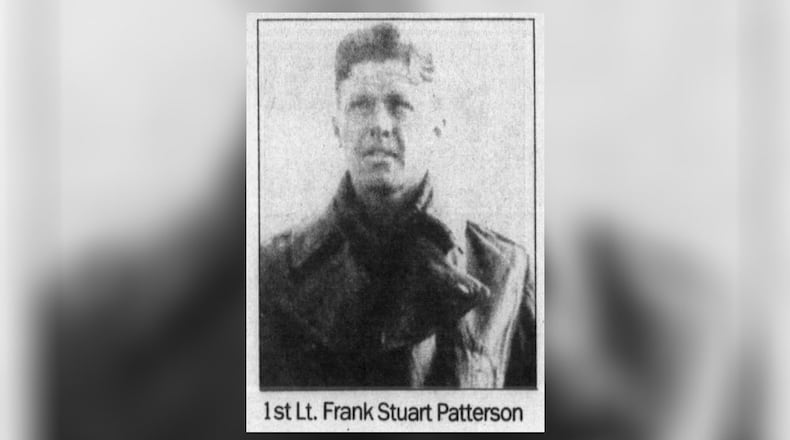1st Lt. Frank Stuart Patterson was an Army test pilot and the son of Frank Jefferson Patterson. His uncle was John H. Patterson, founder of the National Cash Register Co. and a powerful Dayton industrialist.
Patterson, also a student at Yale University, was described in a 1981 Dayton Daily News article as being a “handsome, slightly slouching lad, 6 feet 4 inches tall, with light brown hair and blue eyes.”
“Stu” Patterson was rated as an “expert tester” pilot.
On June 19, 1918, Patterson and an observer, Lt. LeRoy Amos Swan, both of the 137th Aero Squadron, were testing new machine guns on a DeHavilland Four aircraft. Patterson climbed to 15,000 feet and pitched the biplane into a steep dive. Investigations later concluded that a tie rod broke, letting loose critical wing-support wires. The wings folded back; Patterson and Swan plunged to their deaths.
#OTD 1917 Frank Stuart Patterson, namesake for @WrightPattAFB, was commissioned a 2LT/pilot in @USArmy Signal Corps Reserve. Assigned to Wilbur Wright Field, died there during test flight when his airplane wing collapsed. From Dayton's prominent Patterson family pic.twitter.com/Prum7yeTRc
— AFLCMC History Office (@AFLCMCHO) September 14, 2022
These were pre-parachute days. Wearing a parachute was thought to encourage faint-heartedness.
Patterson was 20 years old.
The DH-4 aircraft Patterson was flying was manufactured from British design in Moraine City, south of Dayton, by the Dayton-Wright Airplane Co.
On July 1, 1931, the War Department split Wright Field along Huffman Dam. The area to the east was declared a separate field and named after Patterson.
Patterson Field inherited the supply operations of the old Fairfield depot, while the engineering work went on at Wright Field.
The two field became one again in 1948 with the creation of Wright-Patterson Air Force Base.
Note: Portions of this report are based on a 1987 Dayton Daily News interview with WPAFB historian Lois Walker, and her research for the book “Wright-Patterson, From Huffman Prarie to the Moon.”
About the Author



